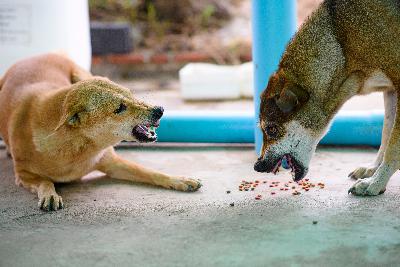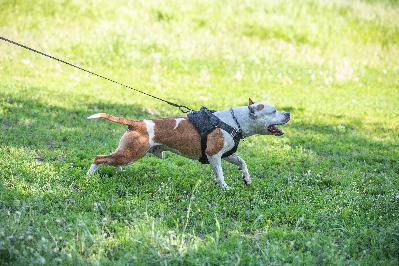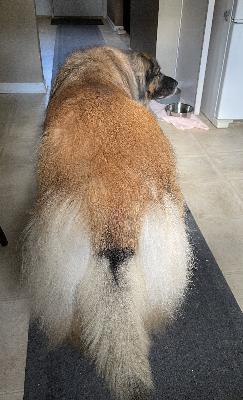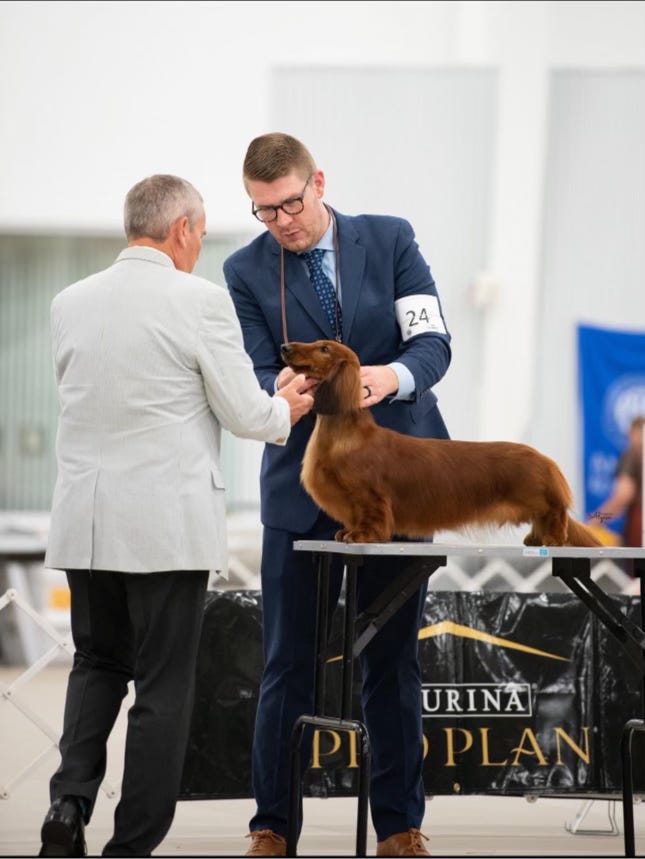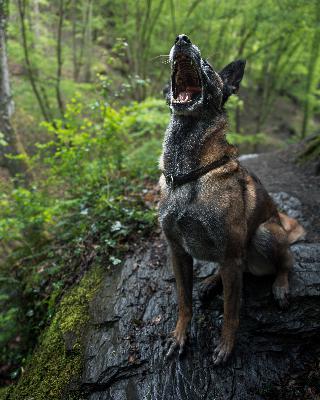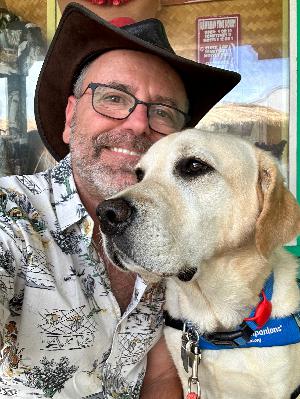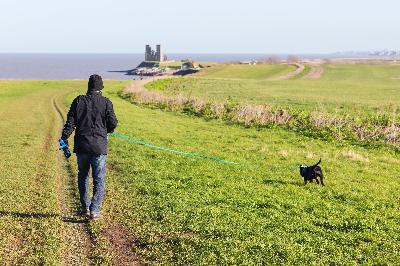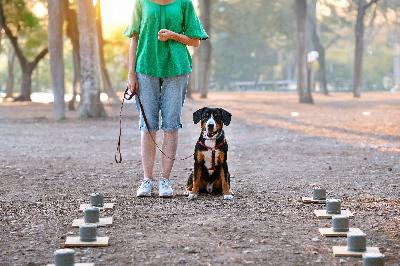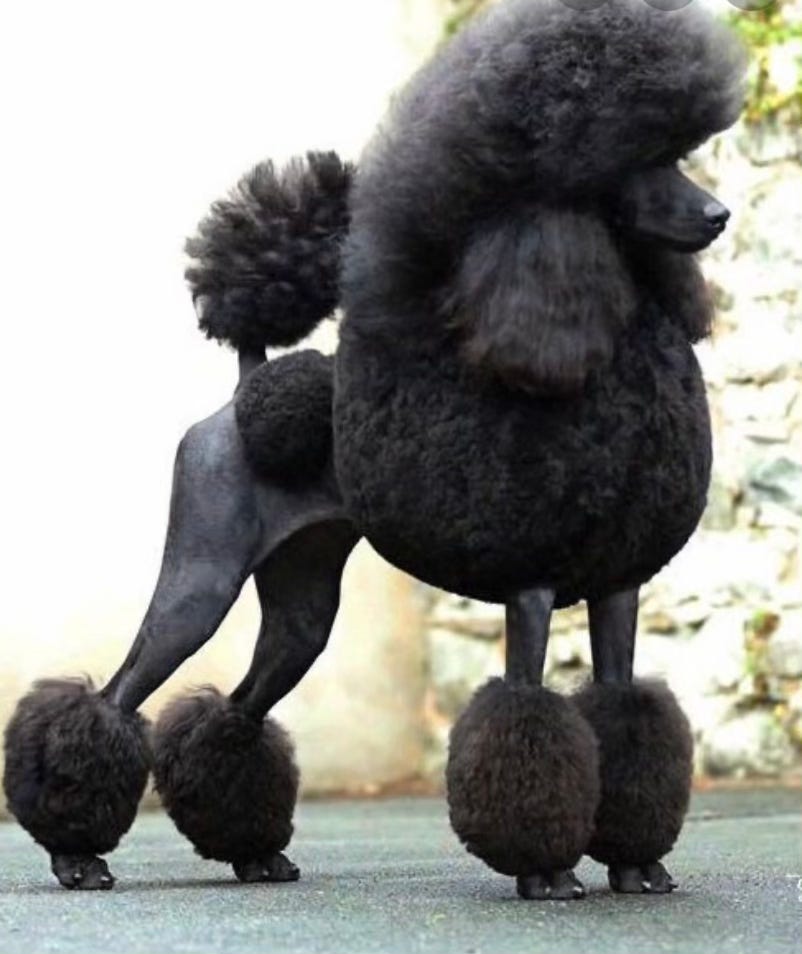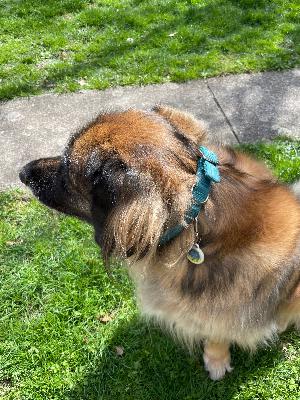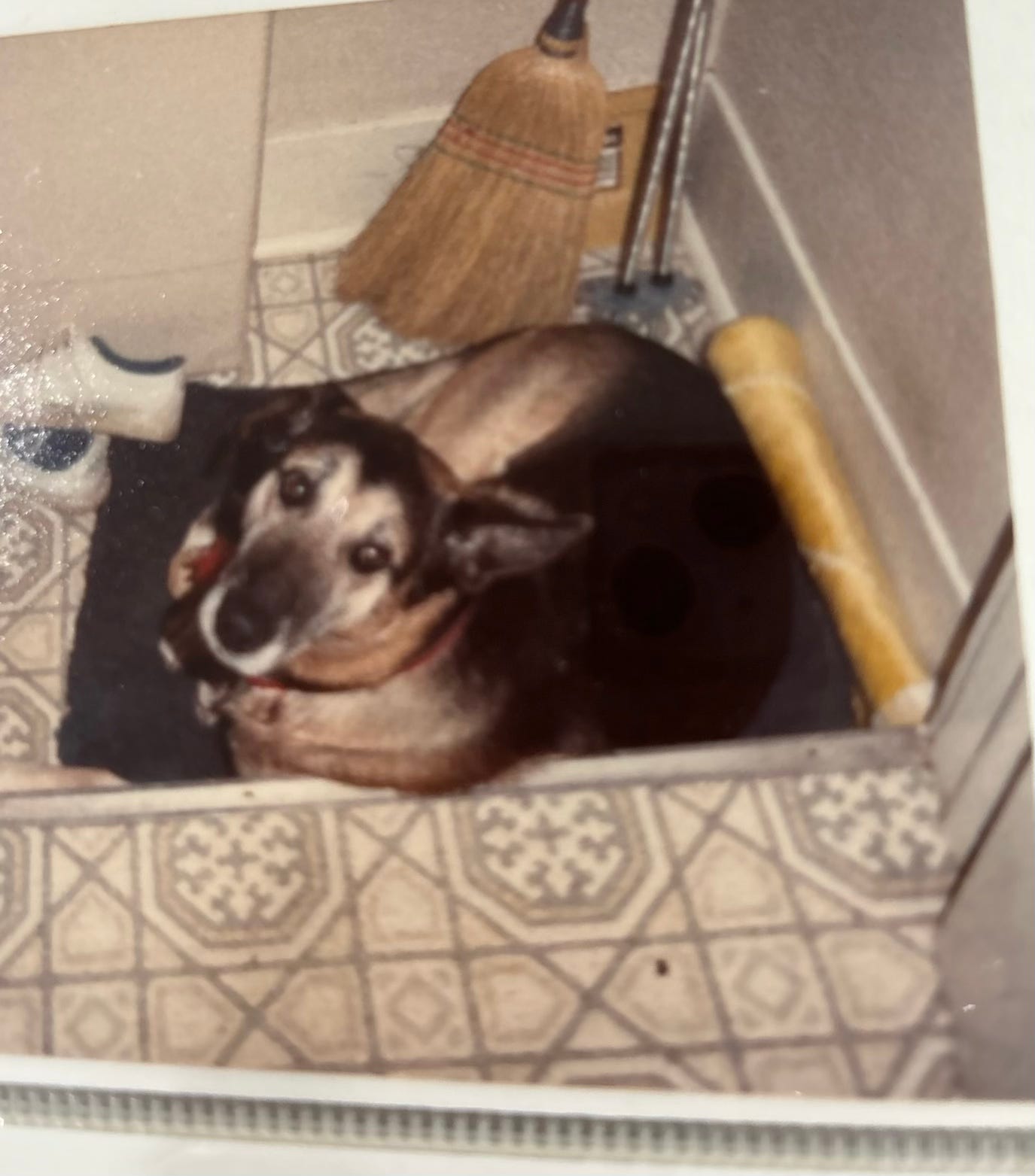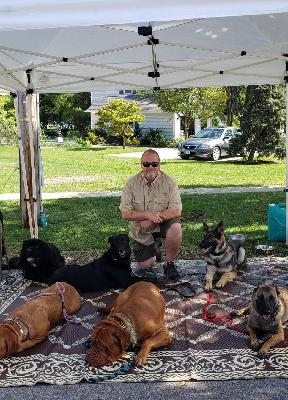My guest, Dr. Randy Hutchison-Part 2
Description
At some point in your dog’s lifetime, most likely you have had to take them to your vet for an emergency type situation. Whether it be due to swallowing a foreign object or requiring surgery for an acute injury, Dr. Randy Hutchison and his professional staff at Animal Clinic Northview in North Ridgeville, Ohio, will be able to get your dog back on the road to recovery.
In this episode, Dr. Randy and I discuss common injuries and treatments that are available for various conditions. As much as we try to prevent injuries from happening, they are almost inevitable. I don’t think I have ever met anyone who hasn’t had to take their dog to the vet only for well check ups. One of the great things about Animal Clinic Northview is that they have round the clock service. So, no matter what time of day or night your dog suffers an injury or illness, there will be a vet on duty to help you.
Dog Bites
As a dog trainer, unfortunately, I have seen plenty of people get bit by dogs or their dogs have gotten into dog fights. The wounds can be serious, sometimes fatal. Especially if they have gone untreated for a period of time. Bite wounds for people should never, ever be taken lightly because of the bacterial content of dogs’ mouths. When we witness or experience dog bites, we think of the dog lunging toward their target and biting quickly and powerfully. Some dogs will bite and hold on. Others will bite once and let go. Either way, the damage can be extensive.
To a trained eye, dogs ALWAYS give you a warning before biting. Please consult a professional dog trainer if you feel that your dog has aggressive tendencies. They will not go away on their own. My contact info is below. If I feel that I cannot help you because the aggression is too serious, I can refer you to other dog trainers.
Dr. Randy sees an influx of bite wounds in the winter time. Dogs don’t always get the exercise they are used to during the warmer months. This can create a lot of frustration for dogs due to pent up energy. Sometimes, fights happen between dogs living in the same household. Common causes of fights are over claiming possession of valuable resources such as toys and food. In the dog training arena, we call this resource guarding. One dog will pose in a way that their body is over the food or toy and their body is stiff. You may even see “whale eyes” or the whites of their eyes, accompanied by growling and baring their teeth.
Assessing the damage done by a dog bite to another dog has to be done very carefully. If the decision is made to stitch up the wound, the possibility of locking in the bacteria can lead to locking in an infection. Antibiotics may be prescribed to address the infection. Sometimes, depending on where the wound is located, there is not enough skin to stitch together. However, there is a new treatment on the market called Phovia. Phovia delivers fluorescent light to the affected wound, which stimulates the body’s natural healing process. It is non-invasive and painless. Any kind of wound care treatment involves multiple visits until everything has healed up nicely. Your vet will guide you through the healing process and may even recommend physical therapy depending on the injury.
The bacteria in dogs’ mouths can cause serious infections in humans too. It may require antibiotics to get rid of the infection. The bacteria doesn’t necessarily have to be transmitted through a bite. My neighbor almost died after she came home from an operation and her dog licked the wound, like dogs do. There can be certain bacteria in the dog’s mouth that can cause sepsis through an open wound. Please consult your veterinarian or medical doctor if you or your dog experience a bite or licking an open wound from another dog.
Another totally innocent way a dog can get a serious infection from a bite wound is through play. My dog, Ebi, was playing with her best friend across the street. I was watching the dogs play. It is very common for dogs to use their mouths while playing and bite gently. I heard one of the dogs shriek. Ebi was laying down, but then got back up to play again. I figured one of the dogs came down too hard on the other and they let the other dog know about it. Well, 2 to 3 days later, my husband discovered a big growth on her side that we had never noticed before. My friend, who is a former vet tech, came over, and shaved the area where the growth was. It revealed a puncture wound from a tooth. That’s when I realized what that shriek was all about. Our neighbor dog came down too hard on Ebi. The bacteria from that bite caused an abscess to form. I took Ebi to the vet for further treatment and she healed up beautifully.
Cranial Cruciate Ligament Tears
Another common yet painful injury to dogs is tearing the cranial cruciate ligament (CCL), which is the equivalent of tearing the anterior cruciate ligament(ACL) in humans. The CCL is located inside the knee joint, connecting the thigh bone to the shin bone. I have never personally experienced this with my dogs, but plenty of my client’s dogs have, unfortunately. The surgery and rehab is quite pricey and stressful because the dogs have to be contained for an extended period of time.
A lot of times, dogs will tear their CCL because they sprinted towards something or jumped off a high place. You will know right away if your dog injured themselves because they will start limping immediately. Every time your dog steps on that leg with a torn CCL, it buckles because the ligament is not there to provide stabilization. When the injury occurs, there is acute pain. However, that pain subsides as time goes on, but the limp persists. If this does happen to your dog, contact your vet immediately so that they can assess the injury.
One of the biggest misconceptions about CCL injuries is that the vet is surgically repairing the ligament. If that was actually attempted by a vet, it would almost certainly end in failure. The ligament is so minute and damaged that it is impossible to stitch it back together.
Almost all CCL repair techniques are done to provide stabilization to the joint. There are a couple of ways to repair these injuries. One option is called a lateral suture. This procedure uses sutures to reinforce the outside of the knee joint which creates a type of artificial ligament. A more up-to-date method is referred to as TPLO (Tibial Plateau Leveling Osteotomy). This procedure is done more commonly now. The joint forms scar tissue around itself to let the body heal it in a way that creates stability.
Rehab Facility On Premise
Animal Clinic Northview offers many different types of therapies for patients coming off of surgeries and injuries. They now have a swimming pool to help rehab a joint that needs to move but not involve hard impact. Also on the premises are underwater and dry treadmills, acupuncture, and laser therapy to help with the healing process. This is such an improvement to what used to be offered when the dog would undergo surgery and be sent home to heal. All of the therapies mentioned above can expedite and improve the quality of the dog’s life a lot quicker so that they can get back to running around again.
The rehab facility at Animal Clinic Northview is in the same building as the main veterinary clinic and is staffed by therapists dedicated to rehabbing dogs. There is a separate extra wide entrance to accommodate patients coming in on gurneys and for those who may be more stressed entering through the main lobby. There is even a special rubber coated floor for those patients recovering from leg surgeries to prevent any slipping.
Obstructions
Two of the commands I teach during my basic obedience class are the “Leave It/Drop It'“ commands. Dogs love to explore their world through their nose and their mouth. I don’t think I have ever met a puppy that hasn’t wanted to put everything in their mouth. It’s their way of exploring their world. It’s up to us humans to keep them safe and teach them to stop pursuing an object with the “Leave It” command. If it’s too late to prevent them from putting it in their mouth, we use the “Drop It” command to make them release the object and surrender it.
It is also common for puppies and dogs to play “keep away” from their humans and make a game out of running around the yard or house with a prized possession in their mouth. We don’t realize that we are playing the exact game the dog wanted to play when we chase the dog around and yell at them to drop it. The more the humans yell, the more excited and energized the dog gets to continue this fun game!
It’s when the dog decides to swallow the object and a blockage occurs that Dr. Randy comes in. He has dealt with plenty of clients whose dogs ingested something they shouldn’t have. Whole ears of corn, fish hooks, socks and underwear to name a few. He says that a lot of the time, family members just want to know who is to blame - who left the underwear on the floor in the first place???
There are instances where we actually witness our dog swallowing an object that was too big or knowingly indigestible. It is extremely advisable to immediately go to the vet to get it expelled. Socks and underwear are two very common foreign bodies that are ingested. If addressed soon enough, there are medications to induce vomiting, and the object comes back up the esophagus, out the mouth, and everyone breathes a sigh of relief and goes home.
Another way to prevent having to surgically remove a foreign body is through an instrument called an endoscope. There are different kinds and sizes of grabbers and loops that are attached to the end

